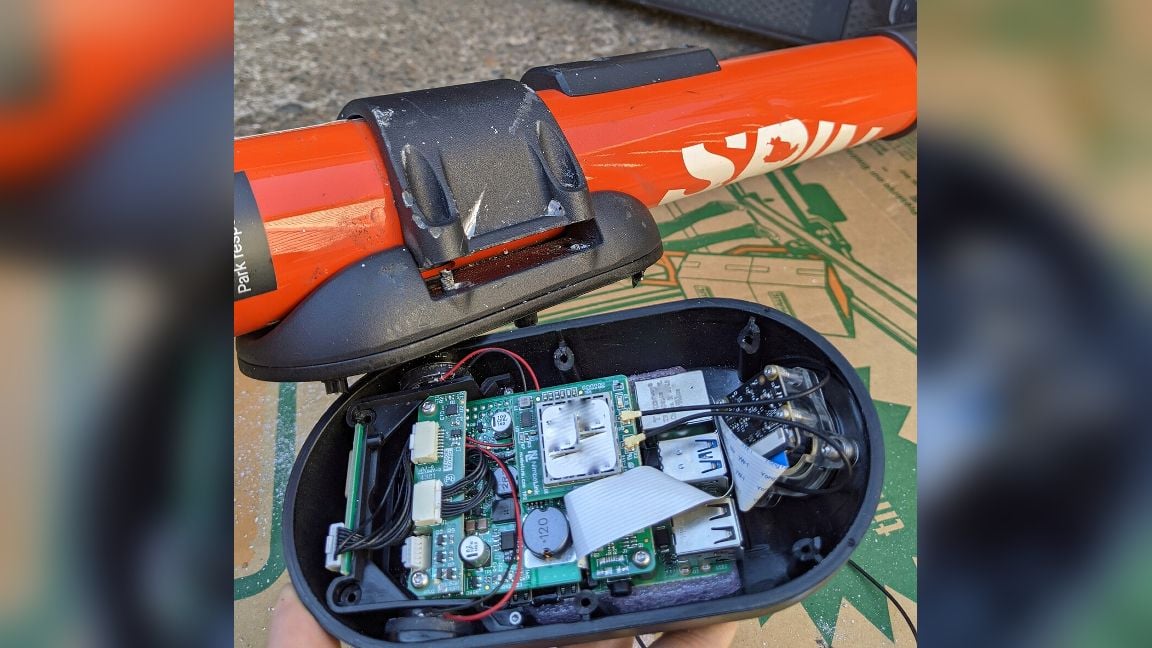- cross-posted to:
- technology@lemmy.world
- seattle@lemmy.world
- cross-posted to:
- technology@lemmy.world
- seattle@lemmy.world
Title says most of it. Spin electric scooters exited the Seattle market and abandoned their scooters all over the city and apparently they have a pi 4 in them!



I’m not intimately familiar with the BCM2711 but I believe it’s a reasonable, albeit somewhat overpowered, processor for the application. It can be put into a variety of low power states and probably pulled out of sleep by various events like the GSM chip sending packets or accelerometer motion (frequently the peripheral chips have dedicated “wakeup” pins that you can wire to interrupts). It’s not the most cost effective option by far, there are sub $5 microcontrollers with multiple cores for handling communications and real time motor control concurrently but you’d need to hire someone like me for a few months @$200/hr to write the low level drivers and design the boards. The rpi lets random web-only devs fumble their way through hardware development using whatever GitHub Python libraries they can find. If you only need a hundred scooters it makes more sense to just yolo it and buy up the remaining supply of rpis to start your grift.
Great explanation. I’d be one of those web Devs.
But why not an ESP32 or something that’s really well supported but better matched to their use case? Rpi screams ‘I read an article on how to connect my leds to Wi-Fi once’ levels of competence.
But I suppose if it was a half baked grift of sorts then it checks out haha. Even if that grift was more of an egotistical and not intentionally sourced grift.
Yeah, that’s the issue ultimately. The ESP32 chips are nice and easy to use but still pale in comparison to getting things working on a pi for the average developer without embedded experience. These devs may not even know they exist to be completely honest.
I was working with a buddy on a “startup” that was more of a hobby than anything (and didn’t go anywhere). The early prototypes were controlled by Arduino and Pis early on – ease of software development was key as we experimented with and dialed in the hardware. The later prototypes used an ESP32 though, because we’re aren’t idiots.
I’m a hobbyist at best: it kills me that there are well paid “professional embedded software engineers” out there that can’t work with actual embedded hardware. All I could think of was this article on electrical engineers that can’t solder. The complete lack of real world, hands on experience with the hardware blows my mind.
Yup. This is really the worst part. I am a village idiot. So if i do it at home that’s fine.
But then again the shit I see at work sometimes…